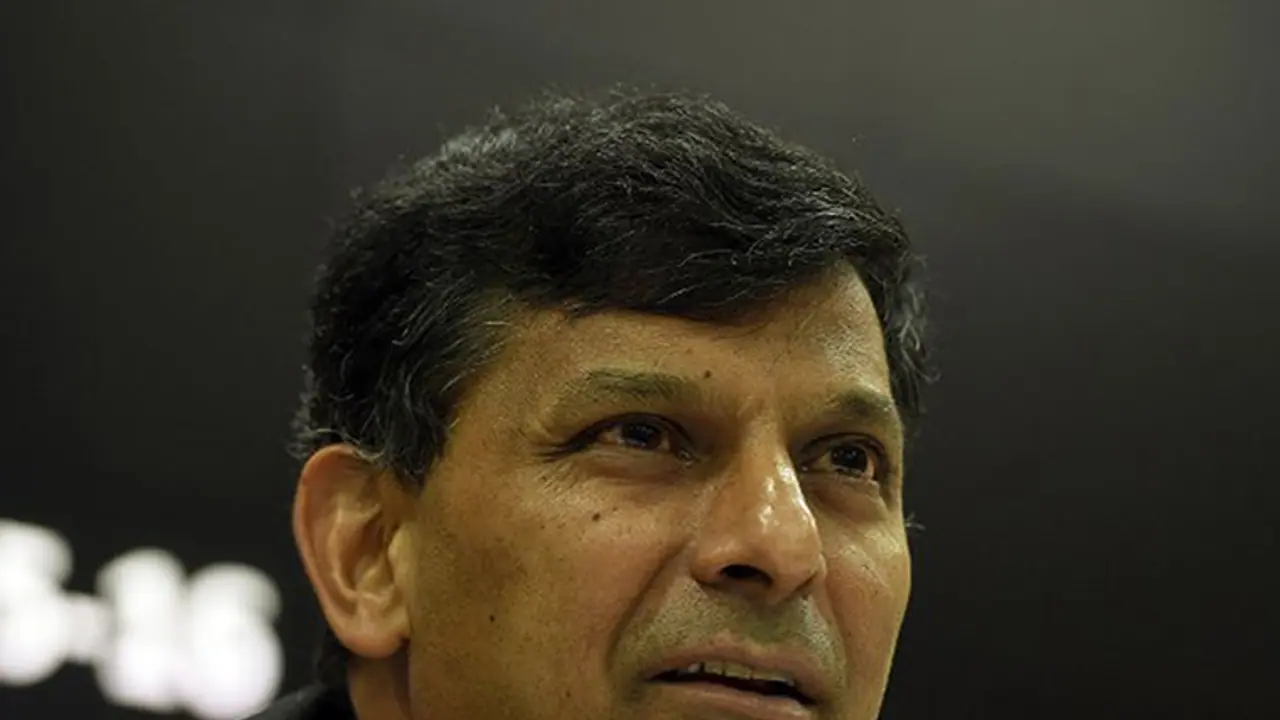
Reserve Bank of India (RBI) governor Raghuram Rajan's tenure is nearing its end, with less than four weeks to go before he bids adieu to Mint Street. On Tuesday, he will preside over his final monetary policy review, where the Governor will set the rate for the last time before the whole system gets substituted by a monetary policy committee, said a report in The Economic Times.
It's been a fairly smooth ride for the RBI Governor, except for the political storm that he faced in the final year of his tenure. That said, Rajan's performance should be measured more in terms of economic parameters, and not by what some of the foot-in-mouth politicians had to say about him
Here's how Dr Rajan fared on seven key parameters during his tenure.
Inflation: On September 2013, when Dr Rajan took office as RBI Governor, India's retail inflation hovering at an eyewatering 10.70 per cent level. After a persistent three-year-long fight, the Rajan-led RBI has managed to bring inflation down by almost half to 5.76 per cent in May 2016. Although a large part of that was because of a sharp decline in international crude prices.
Interest rates: After initially raising nominal interest rates by 50 basis points, or 0.50 per cent, to quell inflation, RBI embarked on a journey of rate cutting which is now in its 18th month. When Rajan took office, repo rate stood at 7.5 per cent, which then rose to 8 per cent in January 2014. Post-January 2015, repo rate has been slashed by 1.5 per cent to 6.5 per cent, which is the lowest level in four-and-a-half years.
Rupee: To say that the rupee was in bad shape will be an understatement. Two months before Rajan took office, the domestic currency had depreciated by a staggering 10.4 per cent as India faced its worst currency crisis in recent memory. Ever since Rajan took over, the rupee has gained 1.12 per cent with implied volatility hitting an eight-year low last week.
Lending rate: Lending rate, or the rate of interest banks charge from borrowers, stood at 10.3 in September of 2013. As of August 2016, it's down by 90 bps at 9.3 per cent. High lending rate has been one of the key concerns in the second half of Rajan's tenure, as repeated cuts in repo rate by the central bank didn't get transmitted fully.
Equity markets: The equity market, although not directly under Rajan's influence, has nonetheless had a blast during Rajan's tenure. The BSE Sensex rose 51 per cent even since Rajan took office through August 8, 2016. The NSE Nifty50 has gained 60 per cent in the same period.
Forex reserves: Perhaps, a hands-down winner during Rajan's tenure, foreign exchange reserves of RBI have swelled to record high. From $275 billion in September of 2013, it now stands at a record $365 billion and will provide the arsenal to the central bank to brace for the FCNR bond redemptions coming up in September, which is likely to create some ripples in the currency market.
Gross NPAs: The biggest achievement of Rajan's tenure may not look like an achievement at all. Gross non-performing assets at India's scheduled commercial banks jumped threefold from Rs 2,52,275 crore in December 2013 to Rs 5,94,929 crore by March, 2016, thanks to a cleanup of the banking system that has brought forth the ugly side of the banking sector. With a former RBI governor accepting the responsibility for not doing much about the issue, the burden fell on Rajan and his team.
Current account deficit: The current account deficit, though essentially a finance ministry domain, has seen a marked improvement over the past three years, climbing down from a record high level of 4.10 per cent to 0.1 per cent in June 2016.
